Introduction
Rice cakes, known as 大米发糕 (dà mǐ fā gāo) in Chinese cuisine, are a beloved traditional snack cherished for their soft, airy texture and mild sweetness. These delicate treats, made from rice flour, water, and sometimes yeast or baking powder, have been a staple in Asian kitchens for centuries. However, one question continues to spark debates among home cooks and culinary enthusiasts: Should rice cakes be steamed using cold water or hot water? The answer lies in understanding the science behind steaming, the desired texture, and cultural practices. This article delves into the nuances of both methods, exploring their impacts on the final product and offering insights to help you master this timeless recipe.
The Basics of Rice Cake Preparation
Before diving into the steaming process, it’s essential to grasp the fundamentals of rice cake making. The batter typically combines rice flour (or glutinous rice flour), water, sugar, and a leavening agent like yeast or baking powder. Fermentation may occur if yeast is used, introducing air bubbles that contribute to the cake’s signature fluffiness. Once mixed, the batter is poured into molds or a steaming tray and cooked until set. The steaming method—whether starting with cold or hot water—plays a pivotal role in determining the cake’s texture, appearance, and overall success.

The Case for Cold Water Steaming
Advocates of cold water steaming argue that this method yields a more evenly cooked and tender rice cake. The process begins by placing the batter-filled mold into a steamer filled with cold water. As the water gradually heats up, the steamer’s temperature rises slowly, creating a gentle cooking environment. This gradual heat transfer allows the batter to rise uniformly, minimizing the risk of uneven cooking or collapsed centers.
Science Behind the Method
Starting with cold water ensures that the batter’s exterior and interior cook at the same rate. Rapid temperature changes, common in hot water steaming, can cause the outer layers to set too quickly, trapping moisture inside and leading to a dense or gummy texture. Cold water steaming mitigates this by promoting a steady, uniform expansion of air bubbles within the batter. The result? A rice cake with a velvety crumb and a subtle, even rise.
Cultural and Regional Preferences
In some regions of China, particularly in Southern provinces like Guangdong, cold water steaming is the traditional approach. Local cooks swear by its ability to preserve the batter’s delicate structure, especially when using glutinous rice flour, which is prone to becoming sticky if overcooked. Additionally, cold water steaming is often preferred for layered rice cakes or those with intricate designs, as it reduces the likelihood of distorting shapes during cooking.
The Argument for Hot Water Steaming
On the flip side, hot water steaming—where the steamer is preheated to boiling before adding the batter—has its own set of benefits. Enthusiasts claim this method produces a lighter, fluffier rice cake with a smoother surface. The logic is simple: boiling water generates instant steam, creating a hot, moist environment that sets the batter’s exterior rapidly. This initial “seal” locks in moisture, allowing the cake to rise dramatically without collapsing.
Science Behind the Method
Hot water steaming leverages the Leidenfrost effect, where the batter’s surface interacts with superheated steam, forming a thin, protective layer. This layer prevents excessive moisture absorption, ensuring the cake remains springy rather than soggy. The rapid cooking also activates leavening agents like baking powder more efficiently, resulting in a loftier texture. However, this method requires precise timing; leaving the cake in the steamer for even a few minutes too long can lead to dryness or deflation.
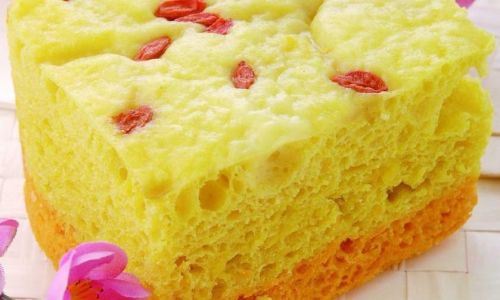
Cultural and Regional Preferences
In Southeast Asia and parts of Northern China, hot water steaming is more common. For instance, Malaysian kuih bakar (steamed rice cakes) and Thai kanom krok often use this technique to achieve a signature bounce. Chefs in these regions argue that the method aligns with faster-paced cooking styles, as preheating the steamer saves time without compromising quality.
Common Mistakes and How to Avoid Them
Regardless of the method chosen, several pitfalls can ruin a rice cake. Here’s how to sidestep them:
- Overmixing the Batter: Excessive stirring develops gluten in rice flour, leading to a chewy texture. Mix until just combined.
- Inconsistent Steamer Temperature: Fluctuating heat causes uneven rising. Use a lid with a tight seal and avoid peeking during cooking.
- Inadequate Preheating (for Hot Water Method): A half-hearted boil before steaming results in a soggy base. Ensure water is at a rolling boil before adding the batter.
- Post-Steaming Care: Removing the cake too soon after cooking causes collapse. Let it rest in the steamer for 5–10 minutes with the heat off to stabilize.
Troubleshooting Texture Issues
- Dense or Gummy Cake: Likely caused by overcooking or insufficient leavening. Reduce steaming time by 2–3 minutes and check for fresh baking powder.
- Collapsed Center: Sudden temperature changes are the culprit. Avoid placing hot steamer under cold air (e.g., drafts or AC vents).
- Dry Edges: Oversteaming or low water levels in the steamer. Maintain at least 1 inch of water throughout cooking.
Tools and Techniques for Perfect Steaming
The choice of steamer—bamboo, stainless steel, or electric—can influence outcomes. Bamboo steamers absorb excess moisture, preventing sogginess, while metal ones retain heat better. For cold water steaming, bamboo’s breathability complements gradual heating. For hot water methods, a sturdy metal steamer ensures rapid, consistent heat distribution.
Modern Adaptations and Experiments
Contemporary bakers often blend traditional methods with innovation. Some add tapioca starch for chewiness or milk for richness, adjusting steaming times accordingly. For gluten-free versions, rice flour substitutes like sorghum or millet flour require shorter steaming periods to prevent graininess.
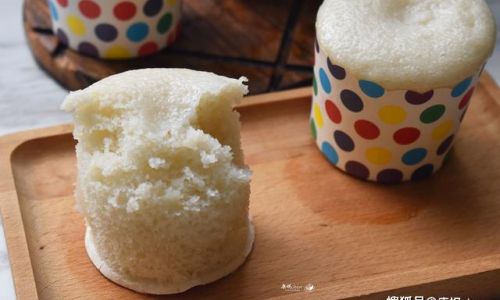
Conclusion: The Verdict
So, which method reigns supreme? The answer hinges on your priorities.
- Cold Water Steaming: Ideal for novices or those seeking a foolproof, tender texture. It’s forgiving and aligns with traditional aesthetics.
- Hot Water Steaming: Suits experienced cooks aiming for dramatic rise and a bouncy finish. It demands precision but rewards with professional-grade results.
Ultimately, both approaches are valid, and many chefs combine techniques—preheating slightly before adding batter—to harness the best of both worlds. Experimentation is key: try steaming half the batter with cold water and half with hot to compare side-by-side.
Final Tips for Rice Cake Perfection
- Fermentation Matters: If using yeast, let the batter proof in a warm spot until doubled in volume.
- Oil the Mold: Lightly greasing prevents sticking without weighing down the cake.
- Adjust Sweetness: Tapioca syrup or coconut milk can replace sugar for a tropical twist.
- Storage: Refrigerate leftovers in an airtight container; reheat gently in the steamer to revive softness.
Cultural Significance Beyond the Kitchen
Rice cakes hold symbolic meaning in many Asian cultures. During Lunar New Year, they represent prosperity and unity, often stamped with auspicious characters. The steaming method, whether cold or hot, thus carries ancestral wisdom, blending culinary artistry with heritage.
Innovation Meets Tradition
Today, fusion recipes like matcha-swirl rice cakes or black sesame-stuffed versions push boundaries. Yet, the debate over water temperature endures—a testament to the dish’s adaptability and timeless appeal.
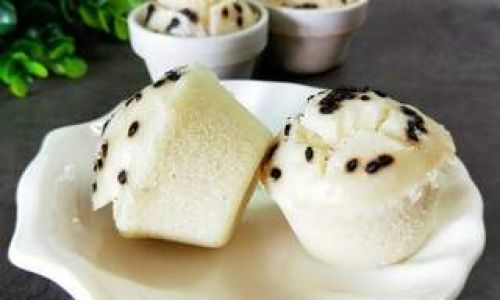
Final Thoughts
The cold vs. hot water debate is more than a culinary quandary; it’s a microcosm of tradition versus innovation. By understanding the science and history behind each method, you gain the confidence to tailor your approach. Whether you prefer the gentle embrace of cold water or the fiery intensity of hot steam, the goal remains the same: a rice cake that melts in the mouth, bridging generations with every bite. So, fire up your steamer, choose your side, and let the rice flour work its magic.
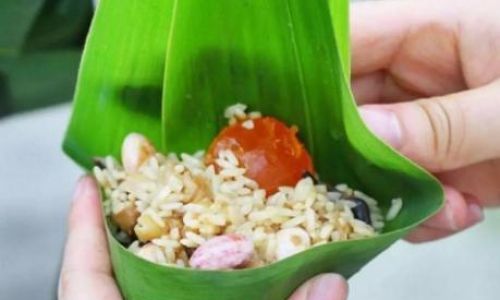
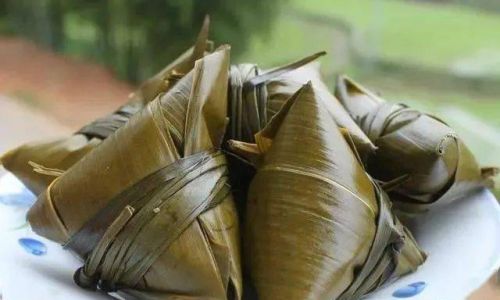
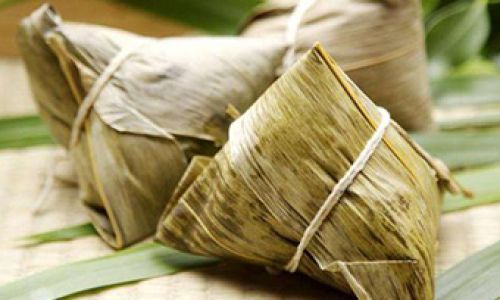
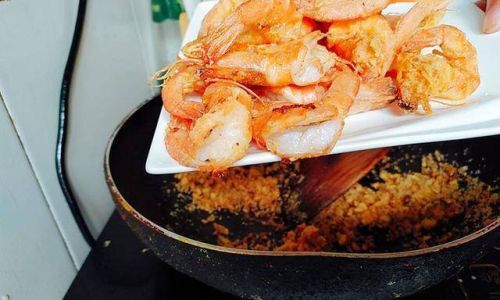

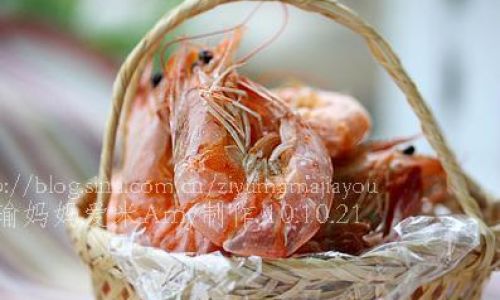
0 comments